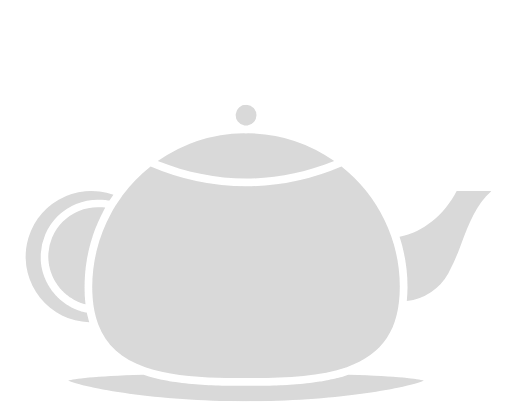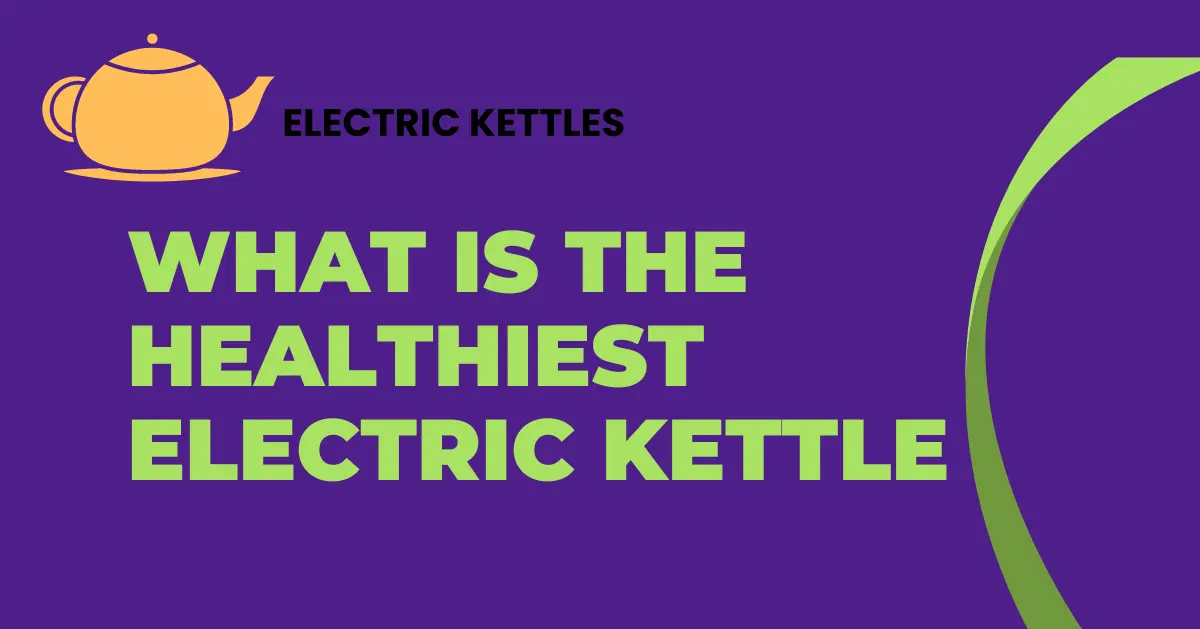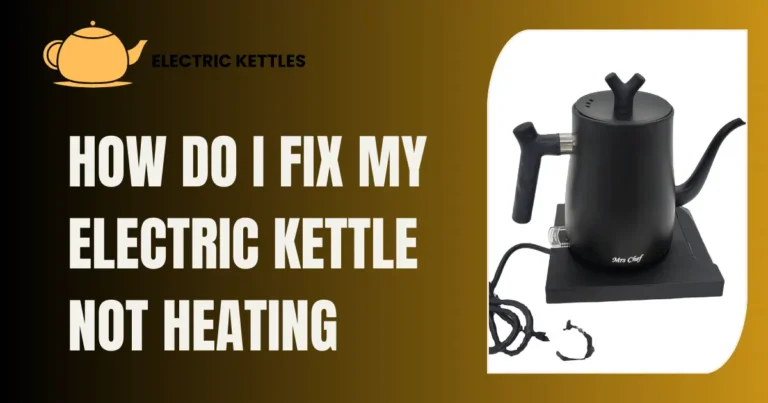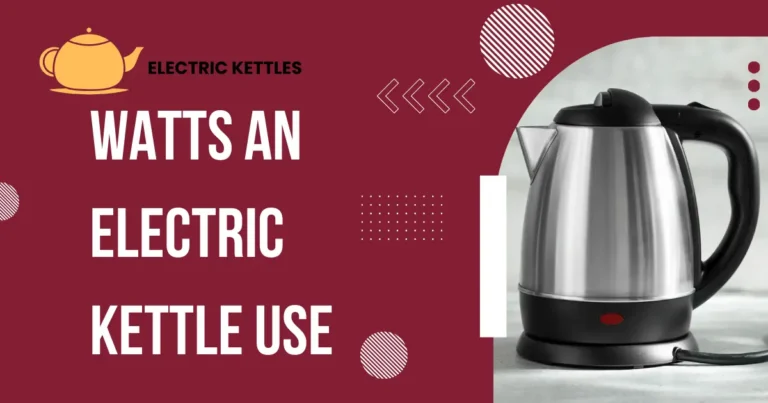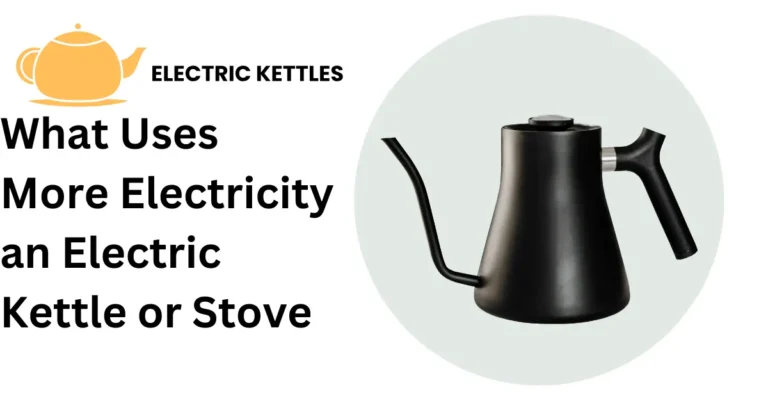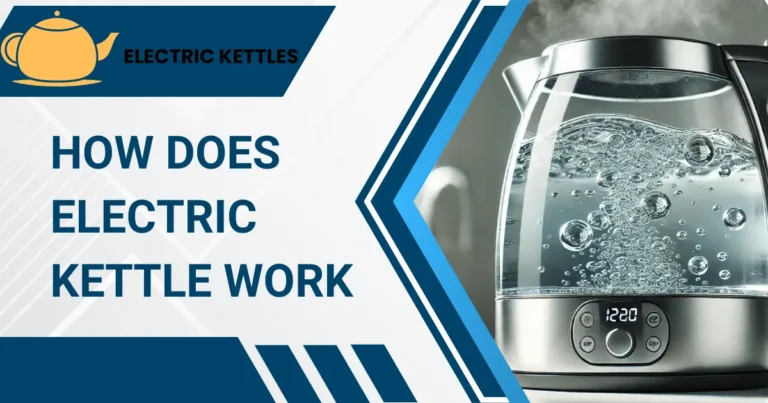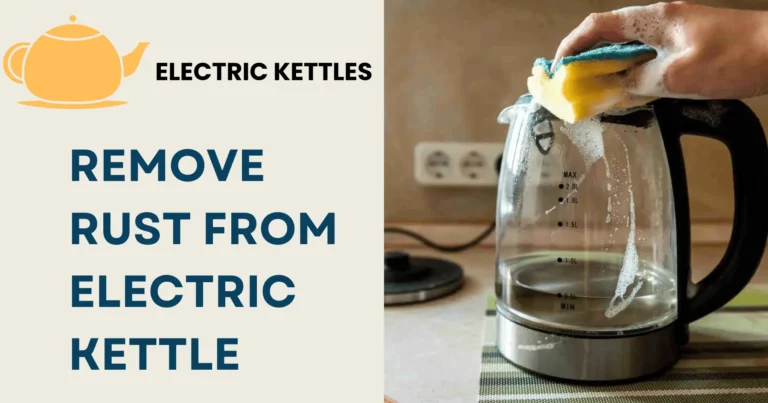What Is the Healthiest Electric Kettle?
Electric kettles are popular appliances for quickly boiling water. They come in various materials like stainless steel, glass, plastic, and ceramic. Each type has its pros and cons. Stainless steel is durable and easy to clean, while glass kettles let you see the water boiling. Plastic kettles are often cheaper but may not be as durable. Ceramic kettles have a unique look but can be heavier. Choosing the right kettle can impact your daily routine and health.
Selecting a healthy electric kettle is crucial for your well-being. Some kettles can release harmful chemicals if made from low-quality materials. For instance, plastic kettles might contain BPA, which can leach into your water. Stainless steel and glass kettles are generally safer. Ensuring your kettle meets safety standards helps avoid health risks.
Table of Contents
Key Features of a Healthy Electric Kettle
Materials Used
The material of the kettle affects its safety and durability. Stainless steel is resistant to rust and doesn’t leach chemicals, making it a safe choice. Glass kettles are free from chemicals and allow you to see the water boiling, but they can be fragile. Plastic kettles can be problematic unless they are labeled BPA-free, as low-quality plastics might release harmful chemicals into the water over time. Ceramic kettles are stylish and can retain heat well but are usually heavier and may be more prone to cracking.
Safety Standards and Certifications
To ensure a kettle is safe, check if it meets international safety standards such as those from UL or CE. These certifications indicate that the kettle has undergone rigorous testing for safety. Features like automatic shut-off and boil-dry protection are crucial as they prevent the kettle from operating when empty or overheating, reducing the risk of accidents and prolonging the kettle’s lifespan.
Design Considerations
A kettle’s design impacts both its functionality and cleanliness. A kettle with a removable, washable filter helps trap impurities and is easier to clean. Smooth, non-porous surfaces are less likely to harbor bacteria and are simpler to maintain. A wide opening allows for easy access to the interior, making it simpler to clean and inspect for any buildup or residues.
Temperature Control and Auto Shut-Off
Kettles with temperature control let you set specific temperatures, which is beneficial for brewing different beverages like tea or coffee, which require various temperatures. The auto shut-off feature is essential for safety as it turns off the kettle automatically once the water reaches boiling point or if it runs out of water, preventing potential fire hazards and damage to the kettle.
Types of Healthy Electric Kettles
Stainless Steel Kettles
Stainless steel kettles are known for their durability and resistance to rust. They do not leach chemicals into the water, making them a healthy choice. They are easy to clean and maintain, and their sleek design fits well in most kitchens. High-quality stainless steel kettles are generally free from harmful substances like BPA.
Glass Kettles
Glass kettles are aesthetically pleasing and allow you to see the water level and boiling process. They are free from chemicals like BPA and phthalates, making them a safe choice. However, glass kettles can be more fragile and may require careful handling to avoid breakage. They are often equipped with a stainless steel base for durability.
Plastic Kettles
Plastic kettles are usually more affordable but may contain harmful chemicals if not made from high-quality, BPA-free plastics. Look for plastic kettles labeled as BPA-free to reduce health risks. While they are lightweight and come in various designs, their safety largely depends on the quality of the plastic used.
Ceramic Kettles
Ceramic kettles offer a unique look and can retain heat well. They are generally free from harmful chemicals, making them a healthy option. However, they tend to be heavier and can crack if dropped. Ceramic kettles may also require more care to avoid damage, but their natural materials can be a good choice for those seeking an aesthetically pleasing and health-conscious option.
Health Concerns with Electric Kettles
Potential Risks with Different Materials
The material of an electric kettle can impact your health. Plastic kettles may contain chemicals like BPA, which can leach into the water and pose health risks. Even BPA-free plastics might release other harmful substances over time. Stainless steel and glass are generally safer options as they are less likely to release harmful chemicals.
Leaching and Chemical Release
Some materials, especially lower-quality plastics, can release chemicals when heated. This process, known as leaching, can contaminate the water you drink. Even if a plastic kettle is labeled as BPA-free, it may still contain other chemicals that could affect your health. Stainless steel and glass kettles minimize this risk, as they do not leach chemicals.
BPA and Phthalates in Plastic Kettles
BPA (Bisphenol A) and phthalates are chemicals often found in plastics. BPA has been linked to health issues such as hormonal imbalances and cancer. Phthalates can affect reproductive health and development. Opting for BPA-free plastic kettles or choosing alternatives like glass or stainless steel can help avoid these risks.
How to Avoid Health Hazards
To minimize health risks, choose a kettle made from materials known for their safety, such as high-quality stainless steel or borosilicate glass. Check for certifications and safety standards to ensure the kettle has been tested for chemical safety. Regularly clean your kettle to prevent any buildup that could affect its safety and performance.
Comparing Top Brands and Models
Breville: Features and Benefits
Breville is known for its high-quality stainless steel kettles that offer durability and efficiency. These kettles often feature precise temperature control, allowing users to heat water to specific temperatures for different beverages. Many models come with an automatic shut-off feature and boil-dry protection for added safety. Breville’s kettles are praised for their sleek design and reliable performance. They typically have easy-to-read water level indicators and quick boiling times.
Hamilton Beach: Features and Benefits
Hamilton Beach offers a range of glass kettles that are both stylish and functional. Their kettles are made from borosilicate glass, which is resistant to thermal shock and does not leach chemicals. Features include LED illumination, which adds a visual appeal, and a removable filter for easy cleaning. Hamilton Beach’s kettles are often equipped with temperature presets for different types of tea and coffee, and they usually have an ergonomic handle for comfortable pouring.
Cuisinart: Features and Benefits
Cuisinart specializes in ceramic kettles with unique designs and excellent heat retention. Their kettles are made from high-quality ceramic that is free from harmful chemicals and provides a natural look. Cuisinart’s models often come with a stainless steel base and a precise temperature control function. They are appreciated for their aesthetic appeal and ability to keep water hot for longer periods. Many models include features like a rapid boil function and an easy-to-clean lid.
Conclusion
Choosing the healthiest electric kettle involves considering the materials, safety features, and overall design. Stainless steel and glass kettles are generally the best options as they do not leach harmful chemicals into your water. Plastic kettles can be less safe unless they are BPA-free, and ceramic kettles offer a stylish alternative but can be more delicate.
When selecting a kettle, look for features like temperature control, automatic shut-off, and easy-to-clean designs. These aspects not only enhance convenience but also contribute to a healthier experience. Investing in a high-quality, well-reviewed kettle ensures you get both safety and performance.
